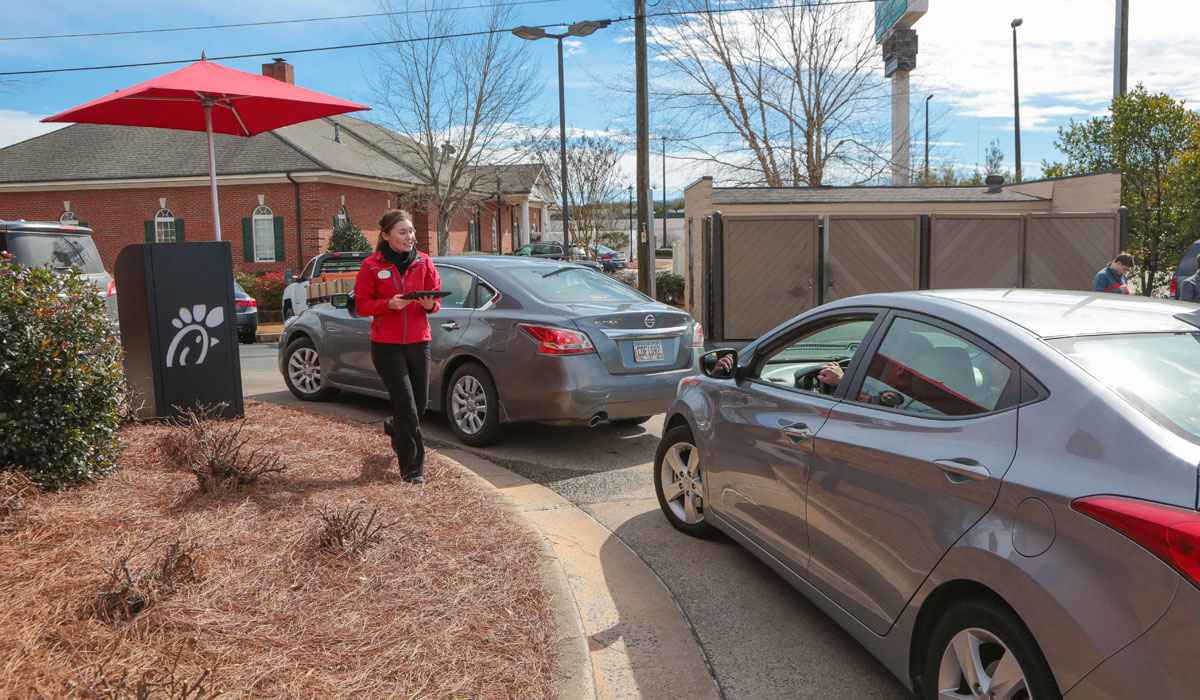The restaurant industry gained 502,000 jobs in July, after increasing by 2.9 million in May and June, according to the Bureau of Labor Statistics.
Roughly 9.86 million workers were on payroll in July compared to 9.38 million in June and 7.8 million in May. Despite the improvement, employment in the industry is still down 2.6 million compared to February.
Overall, the U.S. gained 1.8 million jobs in July—a slower pace than previous months. The country saw 4.8 million jobs added in June and 2.7 million added in May. The unemployment rate fell to 10.2 percent, up from 11.1 percent in June. In July, 16.3 million people were unemployed.
Additionally, in the week ending August 1, 1.2 million filed for initial unemployment benefits, a decrease of 249,000 from the prior week. The figure has remained above one million since March, peaking at 6.9 million early into the pandemic.
The news comes after rising COVID cases caused several states to roll back reopening plans. For example, In mid-July, California closed in-restaurant dining and Texas reduced its seating capacity from 75 to 50 percent.
And even though employment has improved, independent restaurants are still suffering. A survey from the James Beard Foundation and Independent Restaurant Coalition suggests only 66 percent of independent bars and restaurants believe they can survive through October. In May, close to 75 percent of independent restaurants reported taking on new debt north of $50,000. Twelve percent reported debts of $500,000 or more. Capacity limits are a major issue, as operators said they need nearly 60 percent on average to stay operational, which isn’t possible with 50 percent limits and 6-foot social distancing.
The NYC Hospitality Alliance released its own survey earlier this week, showing 83 percent of businesses couldn’t pay full rent in July, and 37 percent reported paying no rent at all.
To resolve this issue, the Coalition is urging Congress to pass the RESTAURANTS Act, which would establish a $120 billion fund for foodservice or drinking establishments that aren’t publicly traded or part of a chain that includes 20 or more locations under the same name. The funds would provide grants to restaurants and bars and prioritize locations with annual revenues less than $1.5 million.
“Another month has gone by with more people unemployed, more bills piled up, more permanently closed businesses, and no plan from Congress to save our restaurants,” the Coalition said in a statement. “One in four of your neighbors, friends, and family unemployed during the pandemic worked in restaurants and bars. We are one of the only industries being asked to limit capacity or remain closed for the indefinite future in many states, yet neither Congress nor the White House has a plan to help us get through this.
“The July employment report shows that PPP isn’t working for restaurants, and another loan program won’t work either. PPP was an eight-week solution to an eighteen-month problem, and we need additional relief from Congress urgently to ensure there are jobs we can return to next year. Restaurants are already in more debt than ever before, paying back PPP loans, suppliers, or our employees. One in three are expected to permanently close by the end of the year.”
However, the federal government is focusing on negotiating the HEALS ACT, a $1 trillion stimulus package proposed by Republicans in the Senate.
Although both Democrats and Republicans appear far apart on a deal, the package provides $190 billion of funds for first-time and second-time recipients. Businesses seeking a second round of funding must have no more than 300 employees and demonstrate at least a 50 percent drop in revenue. In a letter to Congress Monday, the National Restaurant Association appealed for a 20 percent threshold, which would make 430,000 restaurant owners eligible for a much-needed second round of PPP aid.













